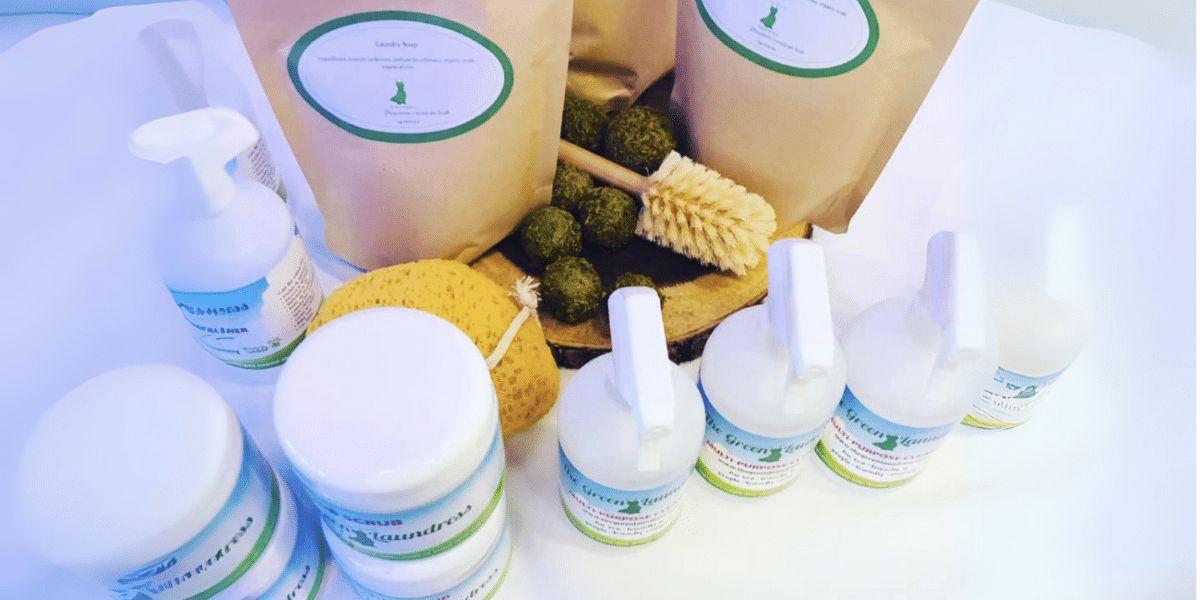Rehabilitation isn’t a one-size-fits-all journey. With so many options out there, finding the right fit can make all the difference in recovery. It’s not about labels or rules; it’s about the support, environment, and approach that feel right for each person. Here’s a breakdown of the most common types of rehab and a look at who might benefit most from each.
Residential Rehab
Residential rehab provides a total break from daily life. People stay full-time in a specialized facility where they have round-the-clock access to medical support, therapy, and structured routines. This option is often the go-to for people dealing with severe addiction or those who might struggle with access to a safe environment outside the program.
The beauty of residential rehab is that it’s immersive—every moment spent there is centered around healing. It removes people from environments where they may face triggers, allowing them to focus fully on recovery. Imagine hitting the reset button surrounded by a support system committed to guiding you every step of the way. For some, the idea of getting away and fully immersing in recovery without the stress of daily life is a game-changer.
Residential rehab is ideal for those who need a fresh environment, structure, and time to address deeper issues. With access to professionals who truly get what they’re going through, participants feel encouraged to explore the emotional roots of their struggles and develop healthier coping mechanisms.
Partial Hospitalization Program (PHP)
A Partial Hospitalization Program, often called PHP, offers a blend of structure and freedom. Unlike residential rehab, people in a PHP go home at the end of the day but spend a significant part of their day at a treatment facility. This program offers intensive support, including therapy, medical monitoring, and group activities, all designed to create a stable foundation for recovery.
PHPs are great for those who need daily care but want to maintain connections with home life or family. This approach recognizes the value of being “united in recovery”—finding support in familiar faces and environments. This option works well for individuals transitioning from a residential program or for people needing more support than standard outpatient options offer.
PHP gives people the chance to work on personal goals and recovery without the full-time commitment of residential rehab. It’s a middle ground that keeps them close to their support systems and routines while ensuring they have access to professionals who can guide them through tougher days.
Outpatient Treatment
Outpatient rehab provides flexibility for those who need treatment but also want to continue working, attending school, or managing family responsibilities. In outpatient programs, participants meet regularly for therapy and support, but they live at home. This model’s freedom is appealing for people who are ready to take charge of their recovery while keeping up with other commitments.
Outpatient addiction treatment is a great option for people who are looking to take control of their own healing journey while balancing real-life responsibilities. This model makes it possible to continue building healthy habits without uprooting daily life. It’s structured enough to provide accountability and guidance but relaxed enough to allow individuals to tackle recovery on their terms.
Outpatient treatment is ideal for those who already have a stable support system at home or are dealing with mild to moderate addiction issues. The right tools and support help them reframe their relationships with their environment, offering them the power to rebuild habits and routines with a focus on recovery.
Sober Living Homes
Sober living homes, often called halfway houses, offer a supportive, structured environment for those who have completed more intensive rehab programs but aren’t quite ready to navigate the world on their own. These homes serve as a bridge—a safe place to practice newfound skills and build confidence before fully re-entering everyday life.
Sober living can be incredibly helpful for those who need a little more time to adjust to a new way of life. It provides a supportive, drug-free environment, often with rules, routines, and a built-in community of people on a similar journey. Residents work, go to school, or attend outpatient therapy, learning to balance life while remaining grounded in their recovery goals.
This type of program suits individuals who need gradual steps to independence. With the camaraderie of peers and the stability of a structured home, people can gain confidence in their ability to navigate life’s challenges. Sober living homes embody a community approach, emphasizing that no one has to go through recovery alone.
Holistic Rehab
Holistic rehab isn’t just about overcoming addiction; it’s about embracing a new lifestyle centered on well-being. These programs often include yoga, meditation, nutritional guidance, and alternative therapies like art or music therapy alongside traditional treatments. The goal is to create a balanced, healthy life that naturally supports recovery.
This approach speaks to people who want to heal on multiple levels—mentally, physically, and spiritually. Holistic rehab is perfect for those who want to dig deeper, explore the mind-body connection, and learn techniques that bring peace and clarity. People who are open to alternative therapies and want to integrate healthier habits into their lives often find holistic rehab empowering.
A holistic approach reminds people that recovery is about more than just stopping a behavior; it’s about building a life they’re excited to live. Whether it’s through meditation, movement, or mindfulness, holistic rehab helps participants find new tools to stay centered and motivated.
Recovery Beyond Rehab
No matter which type of rehab feels right, the path doesn’t end there. Every person’s journey to recovery is different and lasts a lifetime. Although rehab provides the groundwork, the actual development frequently takes place in the months and years that follow. Continuous support is essential, whether through treatment, support groups, aftercare programs, or joining a recovery community.
The beauty of recovery is that each person can choose the tools and methods that resonate most with them. The right support, environment, and community can make all the difference.
Published by: Holy Minoza










